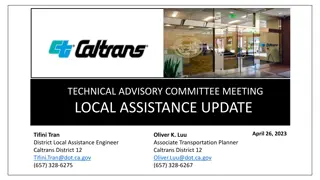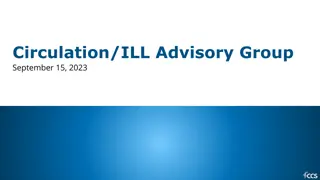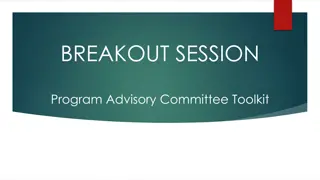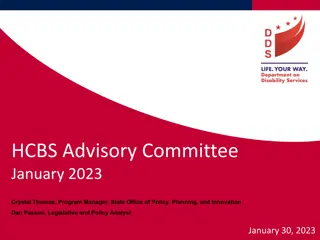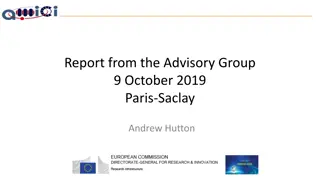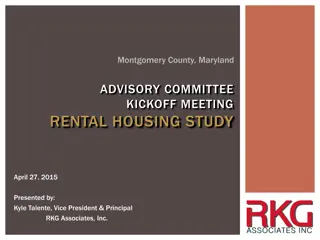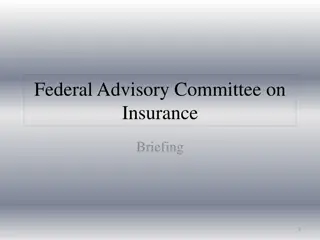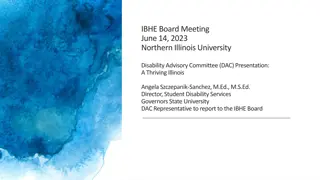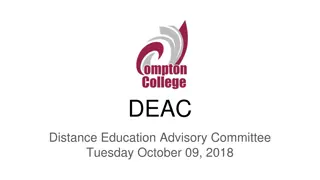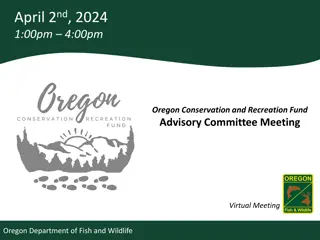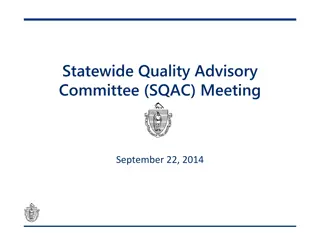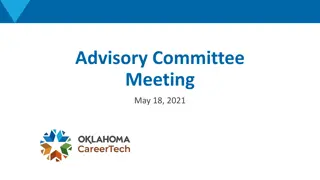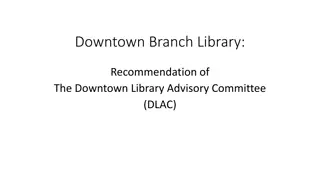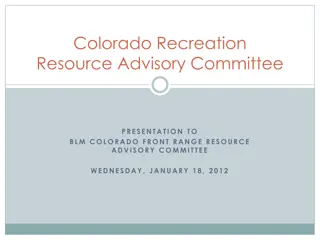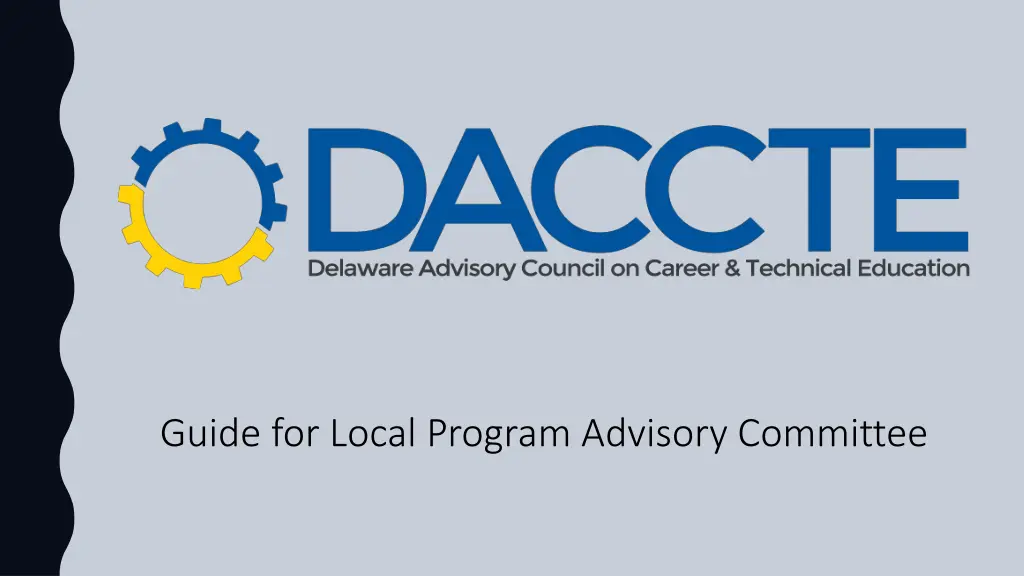
Guide for Local Program Advisory Committee
Learn about the laws mandating the formation of Advisory Committees, the purpose they serve, membership criteria, number of members, appointment procedures, and conducting meetings for Local Program Advisory Committees. Find out how these committees advise on job needs, skill updates, and more to enhance Career and Technical Education programs.
Download Presentation

Please find below an Image/Link to download the presentation.
The content on the website is provided AS IS for your information and personal use only. It may not be sold, licensed, or shared on other websites without obtaining consent from the author. If you encounter any issues during the download, it is possible that the publisher has removed the file from their server.
You are allowed to download the files provided on this website for personal or commercial use, subject to the condition that they are used lawfully. All files are the property of their respective owners.
The content on the website is provided AS IS for your information and personal use only. It may not be sold, licensed, or shared on other websites without obtaining consent from the author.
E N D
Presentation Transcript
What laws or codes mandate we should have Advisory Committee s? Federal Law- Strengthening Career and Technical Education for the 21stCentury Act of 2019 (Perkins V) State of Delaware Laws and Codes- Delaware Administrative Code Title 14 Education- Section 500 Curriculum and Instruction- Sub Section 525 Requirements for Career and Technical Education Programs of Study. Within 525 sub section 4.2.2.5. Within these two laws you will find that School Districts are to have a Perkins Advisory Committee and individual programs/schools should have a Local Program Advisory Committee. For the purpose of this power point tutorial, I will focus on a Local Program Advisory Committee
Purpose Local Advisory Committees are required as part of a total CTE Program and accepted as part of receiving funds from previous mentioned legislation. These committees should ADVISE the program/school on current job needs, trends, skill updates, curricular updates, early career opportunities for students (WBL, Apprenticeships, etc.). Advocate for all CTE Stakeholders (students, teachers, administration). Serve as a vital link between business, labor, industry, education, and the community.
Membership (Include the following , but not limited to) CTE Teachers Academic Teachers CTE/Curriculum District Coordinators School Counselors Business/Industry Representatives Labor Representatives Postsecondary Partners (two and four-year) Parents Students Community Stakeholders The group should be reflective of the community and account for broad stakeholder engagement.
Number of Members, Appointment, and Term The size of the group can be determined by the needs of the area to be served. Balanced representation is most important. Appointment of members by official action of the school board is recommended. Length of term should be decided by the Local Education Agency (LEA) For Example- 1/3 membership for 1 year 1/3 membership for 2 years 1/3 membership for 3 years
Meetings Meetings should be scheduled as needed, at a convenient time with proper early notification. Members should be provided with a tentative agenda and materials for review prior to the meeting. Meeting notes should be kept and used for documentation purposes. It is recommended to convene 2 meetings per school year.
Meetings (continued) The brief basics of a Program Advisory Committee have been reviewed in this Power Point. For more detailed information and help please contact the DACCTE office for more information. www.daccte.delaware.gov

